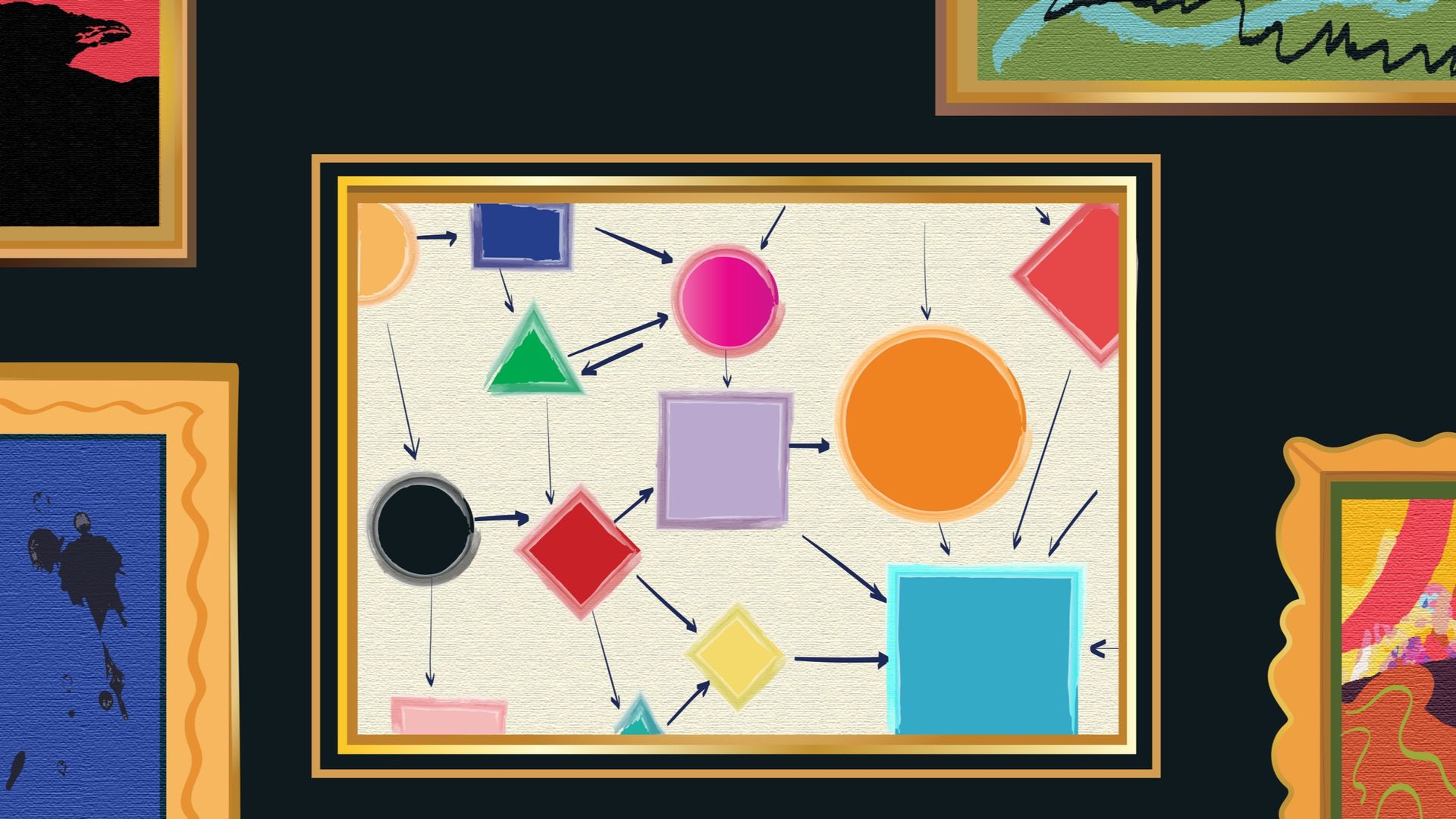
Two decades ago, Artuto Cifuentes, a Chilean financier, used his quantitative skills to parse financial derivatives with great effect: long before 2008, he warned that a financial crisis loomed (influencing my own journalism).
Now, however, Cifuentes has another mission: he is redeploying his skills to analyse art, exploring issues such as the relative return and risk profile of Jean-Michel Basquiat’s paintings. (Complex calculations in his co-authored book The Worth of Art suggest that Basquiat not only outperforms US equities, but also works by Renoir and Matisse.)
Is this a good thing? It is an intriguing issue to ponder as Art Basel Miami Beach gets under way, amid parties, celebrity gossip and frenzied debates about artistic trends.
Previously, artists and collectors have preferred to think of this world in terms of creativity, not finance. After all, art prices are driven by slippery cultural mores, not utility value — or, as the American sociologist Thorstein Veblen cynically observed, signals around social status. Those would seem to defy any spreadsheet.
However, Cifuentes is not alone in looking at creativity through a quantitative lens. A growing number of art collectors are also focused on an investment frame as well. This might horrify artists. But such financialisation could deliver one big benefit: more transparency. And this is badly needed, given that the art world has been as opaque — and scandal-prone — as derivatives in decades past.
This point is underscored by recent surveys. Take a biennial one that has been done since 2011 by the consultants Deloitte Private and ArtTactic into art “stakeholders”, such as wealth managers, family offices and brokers.
The 2023 report notes that there has been “a significant shift” in attitudes to art during the past decade. Back in 2014, only 53 per cent of wealth managers considered art expertise part of their industry. However, in 2016 this leapt to 78 per cent and now stands at 90 per cent.
Three-quarters of wealth managers now offer art services, compared with a quarter in 2011, while 41 per cent of collectors now cite financial value as “their primary motivation” for buying art, the highest level since the survey began.
A separate annual study from UBS and Art Basel, run for a decade, echoes this theme, albeit with some difference in the details. This year it polled almost 3,000 high net worth individuals, who control some $2tn of wealth that could be used for art. Financial motives were cited as the second-biggest reason for buying art, topped only by “personal pleasure and identity” (except in Brazil and Japan, where they actually dominated).
This report also noted rising “research-based” purchases, or those that happen after number-crunching rather than on impulse. And there has been an “explosion” in the use of credit, it adds: about half of collectors report buying art with loans and art is increasingly being used as collateral for borrowing. In other words, financialisation is happening on several fronts.
Why? One probable reason is that wealthy individuals want portfolio diversification at a time when the outlook for mainstream assets is becoming unpredictable, due to gyrating interest rates and geopolitical risk.
This may not always be as effective a tactic as people hope. At present, collectors — or investors — seem optimistic about the market and slightly more bullish than they are about stocks: 77 per cent expect art prices to rise next year, the UBS report says.
But the rising use of credit could make art prices track the interest rate cycle more closely in the future. And past price performance has been very mixed. The Knight Frank luxury index, for instance, suggests that art prices jumped 30 per cent last year, beating most other assets. However, the UBS report shows that some sectors, such as non-fungible tokens, have collapsed in value recently.
Meanwhile, the Deloitte report points out that the Artnet fine art index only delivered a 2.5 per cent compound annual growth rate between 2008 and 2023. That is lower than for the S&P 500, real estate and gold (8.5 per cent, 3.8 per cent and 4.9 per cent respectively).
The second issue that is driving this financialisation is transparency. As the Deloitte report notes, more than 80 per cent of wealth managers believe there will be more visibility around deals, fees and sourcing in the future, due to the fast-expanding use of digital technology.
Online art auctions, which proliferated during the pandemic, are one example of this. Others are digital registries of sales and prices and the use of blockchain technologies to establish provenance.
So far the results have been patchy — some corners of the market are still highly opaque. But the more credible and transparent it becomes, the more likely it is to attract new investors, who will in turn expect further transparency, in a self-reinforcing cycle.
Don’t expect this to spark much discussion in the Miami galleries this week. At art fairs, financialisation remains a dirty word. But if this trend drives more money into the art world, those artists should have reason to raise a glass to it. As Cifuentes says, even algorithms can create beauty.